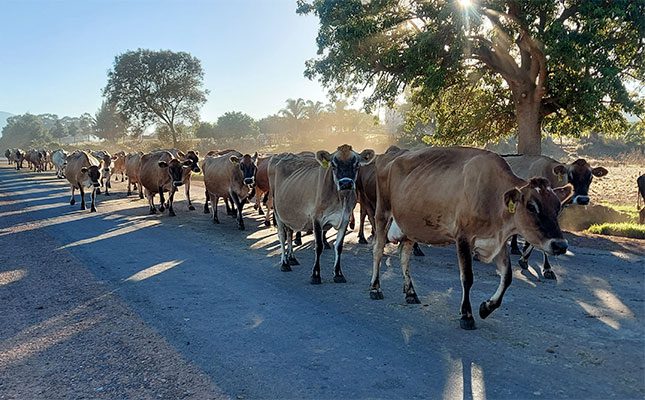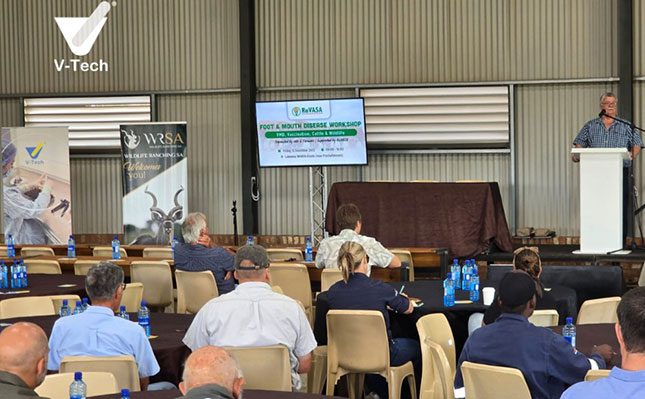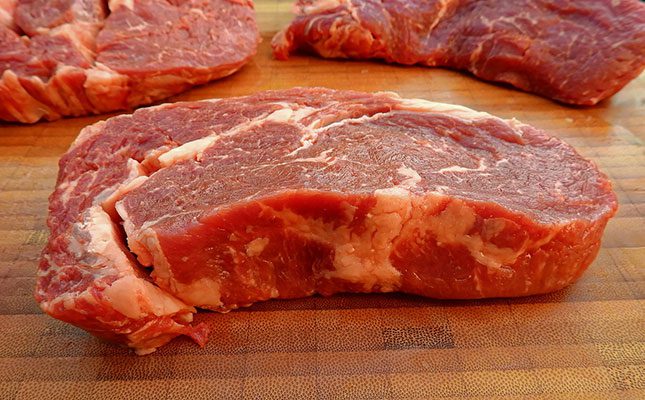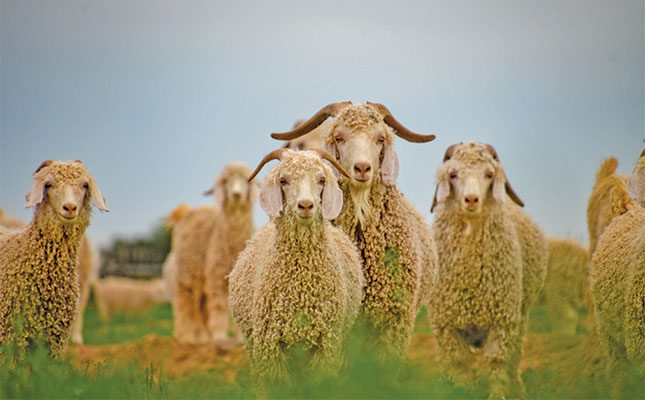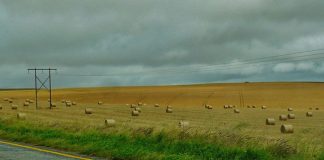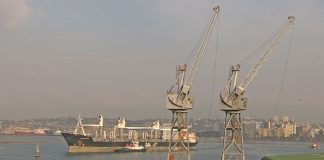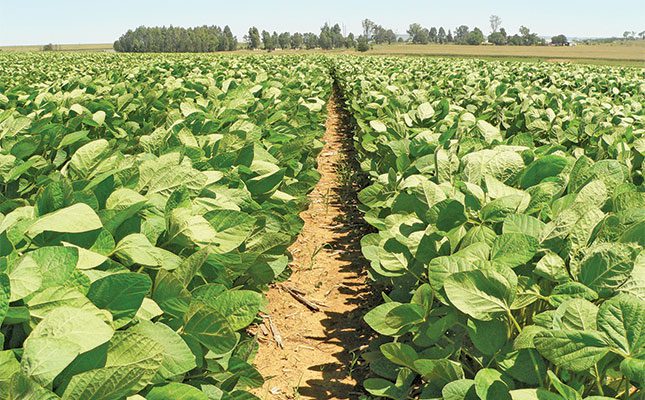
The Crop Estimate Committee’s (CEC) sixth summer crop production forecast, released this week, has revealed that South Africa’s commercial maize crop is expected to total 15,031 million tons, up 1,68% from the previous estimate and almost 17% more than the 2024 harvest.
White maize output was revised up by 1,14% to 7,7 million tons, with an average yield of 4,84t/ha, and yellow maize by 2,25% to 7,3 million tons, with an average yield of 7,32t/ha.
In the non-commercial sector, maize plantings were estimated at 358 000ha, representing a 3,17% increase from the previous season. The expected crop was 621 500t, up 8% from the 2024 season’s 575 000t.
In this segment, white and yellow maize production were forecast to increase by 7,9% to 439 700t and 8,54% to 181 800t, respectively.
Meanwhile, soya bean production was revised upwards by 2,82% to 2,72 million tons – a significant increase of 47% from the 2024 harvest of 1,84 million tons.
Estimates for sorghum and dry beans remained unchanged, although they reflected year-on-year (y/y) gains of 41% and 47%, respectively.
In contrast, sunflower and groundnut production were revised downwards by 2,68% to 708 300t and 3,34% to 61 389t, respectively.
Despite the adjustment, these crops remained 12% and 18% higher y/y, respectively.
Wandile Sihlobo, chief economist at Agbiz, told Farmer’s Weekly that the improved forecasts were largely due to favourable summer rainfall and the decent area plantings, and would likely put downward pressure on prices, which was a positive sign for consumer price inflation.
“The recent surge in maize prices was linked to slow harvesting and quality issues, but that should be short-lived,” he added.
Sihlobo said that while the 2025 season represented a broad recovery for grain and oilseed production, some areas were facing quality concerns, particularly with the production of white maize.
Winter grain outlook
The CEC adjusted the area planted to wheat slightly down from 513 200ha to 512500ha. This was still 1,4% more than the 505 300ha planted in 2024.
The areas under canola, oats, and sweet lupines were also adjusted down. Canola was revised from 166 500ha to 164 900ha, 0,5% lower than last year’s 165 750ha. Oats was adjusted from 34 520ha to 33 520ha, which was still 8,1% higher than last year’s 31 000ha.
Sweet lupines was revised from 20 700ha to 17 500ha, still up 9,4% from the 16 000ha planted in the previous season.
The area under barley was adjusted upwards from 93 050ha to 95 700ha. However, this was still 5% lower than the 100 700ha planted last year.
The total area planted to winter crops was adjusted downwards from 827 970ha to 824 120ha, which as 0,7% lower than last season’s 818 750ha.
Farmer sentiment
Richard Krige, chairperson of Grain SA, said production conditions were generally favourable so far, as most regions had received sufficient early-season moisture.
“The season looks promising, but receiving rain at the right time remains important in all regions for yields and quality. The eastern parts and Rooi Karoo, however, still need more rain,” he added.
Despite the favourable outlook, financial pressure remains a major concern.
Krige said input costs had more than doubled in the past few years, while crop prices remained relatively flat.
“Many producers are struggling to make ends meet, especially when yields or quality are negatively affected. The pressure is being felt across the board,” he explained.
He noted that some farmers might have reduced their barley plantings this year due to higher production risks: “A premium was offered for better-quality [barley] this year, but it came too late for most producers. Some farmers might also be hesitant to plant barley because of quality issues last season.”
While the situation would vary from one farm to another depending on different circumstances, Krige estimated that the wheat price needed to improve by R600/t to R1 000/t for production to be consistently profitable.


